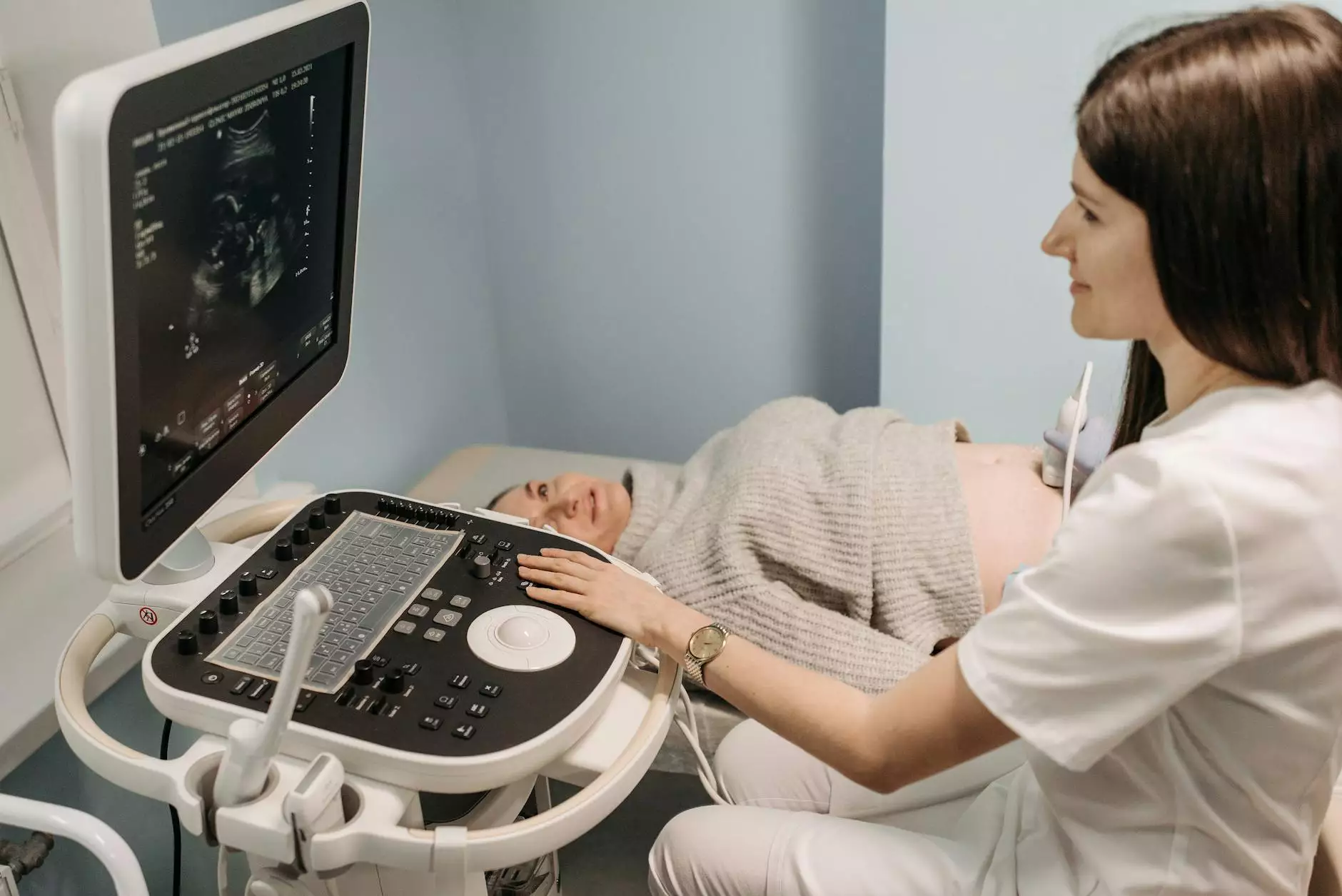The Total Vaginal Hysterectomy Procedure: Understanding the Essentials

The total vaginal hysterectomy procedure is a significant surgical intervention in the field of women's health, often performed to treat various gynecological conditions. From fibroids and endometriosis to abnormal bleeding and uterine prolapse, this surgery offers a definitive solution for many patients. In this article, we will delve deep into the aspects of this procedure, shedding light on its benefits, potential risks, and what one can expect during recovery.
What is a Total Vaginal Hysterectomy?
A total vaginal hysterectomy (TVH) is the surgical removal of the uterus and cervix through the vaginal canal. Unlike an abdominal hysterectomy, which requires an incision in the abdomen, the TVH is considered a less invasive approach, leading to several benefits for the patient.
Indications for the Procedure
This procedure may be recommended for a variety of reasons, including:
- Uterine Fibroids: Noncancerous growths that can cause discomfort, pain, and heavy menstrual bleeding.
- Endometriosis: A condition where tissue similar to the uterine lining grows outside the uterus.
- Abnormal Uterine Bleeding: Heavy, prolonged menstrual bleeding that has not responded to other treatments.
- Pelvic Pain: Chronic pelvic pain related to uterine issues.
- Uterine Prolapse: A condition where the uterus descends into the vaginal canal due to weakened pelvic support.
Understanding the Procedure
Preparation for Surgery
Before undergoing a total vaginal hysterectomy, patients will typically go through a series of evaluations, which may include:
- Medical History Review: A thorough review of the patient's medical history and current medications.
- Physical Examination: A comprehensive exam by the gynecologist to assess the condition of the uterus and surrounding structures.
- Imaging Tests: Ultrasounds or MRIs may be used to give a clearer picture of the uterine conditions.
- Pre-operative Blood Tests: Blood work to ensure the patient is fit for surgery, checking for anemia or other conditions.
The Surgical Technique
The surgery itself typically lasts between one to three hours and is performed under general or regional anesthesia. The steps involved in a total vaginal hysterectomy generally include:
- Anesthesia Administration: Ensuring the patient is comfortable and pain-free.
- Accessing the Vaginal Canal: The surgeon makes an incision within the vaginal canal.
- Removing the Uterus: Carefully detaching the uterus from the surrounding tissues and blood vessels.
- Handling the Cervix: The cervix is also removed in a total hysterectomy.
- Suturing the Vaginal Cuff: After removal, the surgeon closes the vaginal canal with sutures.
Benefits of the Total Vaginal Hysterectomy Procedure
The total vaginal hysterectomy procedure boasts several advantages over more invasive surgical options. Some of the most notable benefits include:
- Minimally Invasive: Reduced recovery time and less postoperative pain compared to abdominal hysterectomies.
- Lower Infection Risk: The absence of external incisions decreases the risk of surgical site infections.
- Shorter Hospital Stay: Many patients are discharged within the same day or the day after the procedure.
- Quicker Recovery: Most women can return to their normal activities within 4 to 6 weeks.
Risks and Considerations
As with any surgical procedure, a total vaginal hysterectomy comes with certain risks, which patients should discuss with their healthcare provider. Potential risks include:
- Bleeding: Although rare, excessive bleeding may require a blood transfusion.
- Infection: There is a risk of infection in the vaginal area post-surgery.
- Damage to Surrounding Organs: Accidental damage to nearby organs such as the bladder or intestines can occur.
- Blood Clots: The risk of deep vein thrombosis (DVT) increases with surgery.
- Hormonal Changes: If the ovaries are removed, patients may experience menopausal symptoms.
Post-operative Care and Recovery
The recovery period following a total vaginal hysterectomy is crucial for optimal healing. Here are some key considerations:
Immediate Post-operative Phase
After the procedure, patients will be monitored for a few hours to ensure there are no immediate complications. Expect the following:
- Pain Management: Medications will be prescribed to manage post-surgical pain.
- Activity Restrictions: Patients should avoid heavy lifting and strenuous activities for at least 6 weeks.
- Monitoring for Complications: Look out for signs of infection, excessive bleeding, or unusual pain.
Long-term Recovery
Recovery from a total vaginal hysterectomy can vary from person to person. Patients should adhere to the following guidelines:
- Follow-up Appointments: It is essential to have follow-up visits to monitor healing.
- Gradual Return to Activities: Start with light activities and slowly increase as tolerated.
- Pelvic Floor Exercises: Engaging in Kegel exercises can strengthen pelvic muscles post-surgery.
- Healthy Diet: Consuming a balanced diet rich in vitamins and minerals promotes healing.
Emotional and Psychological Impacts
Undergoing a total vaginal hysterectomy can also have psychological effects. Patients may experience a range of emotions post-surgery, from relief to sadness. It’s important to:
- Communicate with Loved Ones: Sharing feelings can provide emotional support.
- Consider Counseling: Professional support may help navigate complex emotions.
- Join Support Groups: Connecting with others who have undergone similar experiences can be beneficial.
Conclusion
The total vaginal hysterectomy procedure is a valuable surgical option for many women facing debilitating gynecological conditions. With its minimally invasive nature and array of benefits, it can significantly improve quality of life. However, it is essential to consult with qualified healthcare professionals, such as those found at drseckin.com, to ensure that all medical decisions are informed and tailored to individual health needs.
In summary, understanding the indications, benefits, risks, and recovery process associated with a total vaginal hysterectomy will empower patients in their healthcare journeys. As always, maintain open communication with your healthcare provider to best address any concerns or questions regarding your surgical options.









